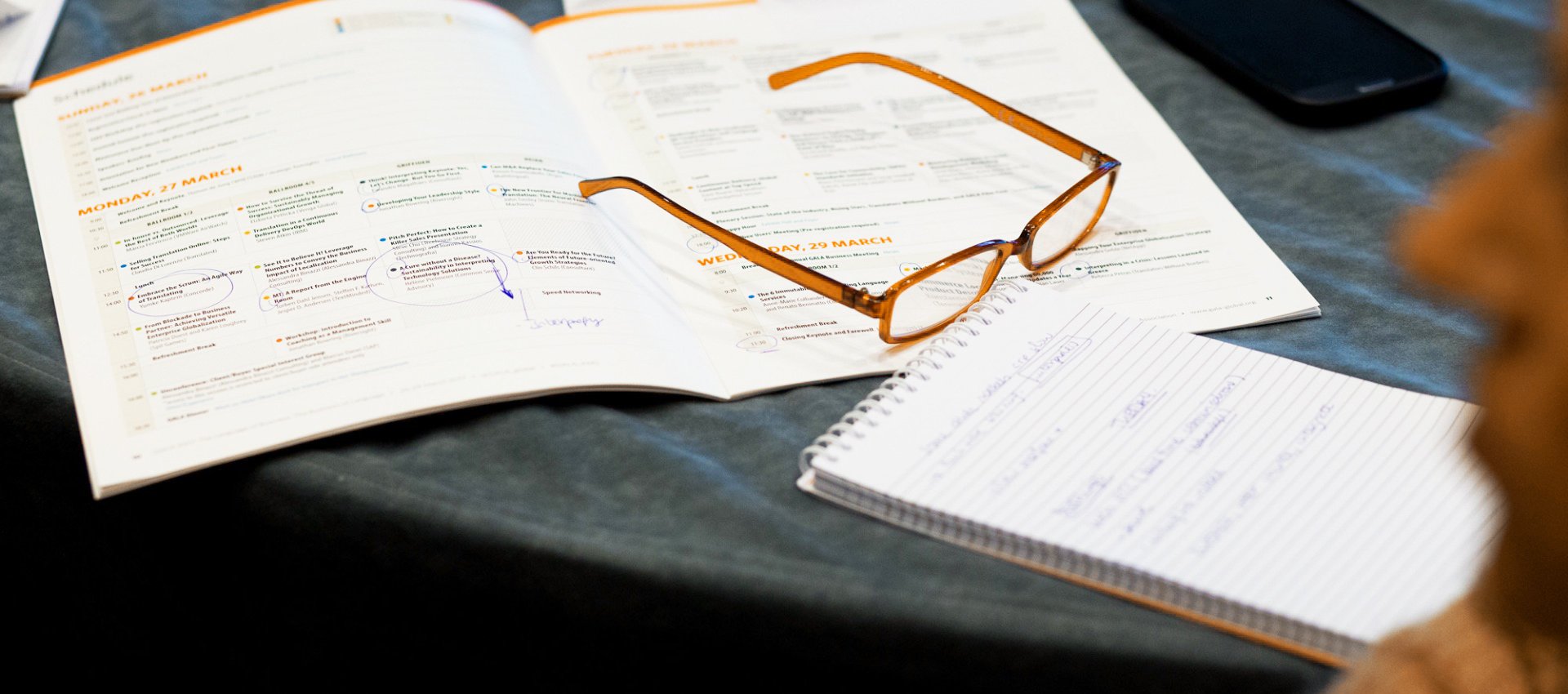- Home
- Resource Center
- Articles & Videos
- Similarities between Thai and Mandarin
22 March 2021
| by 1-StopAsia
Similarities between Thai and Mandarin

Expand Your Localization Expertise. Subscribe to Our Newsletter!
Thai and Chinese come from neighboring regions (Thailand and southeastern coastal China) but they may not seem related at first.
To those unfamiliar with Asian languages, the two might appear entirely different. However, Thai and Chinese actually share a number of similarities, including words, structures, and expressions.
Both are SVO (subject-verb-object order)
They consist primarily of monosyllabic words, use similar word and sentence construction patterns, and they don’t conjugate verbs and nouns. Some would say that their grammar is quite simple.
Tones appear to be pretty similar
They’re both tonal languages, but they’re not in the same language family, despite what linguists tended to believe some 15 years ago. Thai belongs to the Kra-Dai language family and has 5 tones. Mandarin is related to the Sino-Tibetan language family, and the Chinese uses 4 tones. The users of those languages have also adopted different writing systems.
Grammatical rules
Thai and Chinese grammar is so much easier than Japanese and Korean grammar, but their pronunciation and writing systems are harder! People find that Chinese-speaking students can pick up Thai relatively easily, and at the same time, Thais can also progress in their Mandarin studies faster than they could while studying Japanese or Korean.
Identical vocabulary
Thai and ChineseBut let’s get to the real deal. No matter if you’re a beginner, a Chinese or Thai native or you have no clue about those languages – there are similarities that are hard to miss for anyone.
Starting with the numbers:
2 – Soeng (Cantonese) – Soong (Thai)
3 – Saam – Saam
4 – Sei – Sii
7 – Chat – Jed
8 – Paat – Pead
9 – Kau – Kaau
10 – Sap – Sip
11 – Sap Yat – Sip et
20 – Yii Sap – Yii Sip
10 000 – Maan – Meuan
Continuing with some food-related words and animals:
In Thai, the word for “cooked” is Suk, and in Chinese – Sok. “Tea” will be Chaa in both of the languages. “Horse” and “chicken” are respectively pronounced as Maa and Kai in both Chinese and Thai.
Now for some miscellaneous words:
Words for “sad” would be pronounced as Sau in both languages. “Old” would be Kau and “glue” – Kaau. “Ink” would be Mak in Chinese and Meuk in Thai, and “bad luck” will sound like Soei and Suei in Chinese and Thai, respectively.
The similarities of these languages aren’t limited to the purely lexical categories. Resemblances are found in the modal auxiliaries as well. Classic Chinese used 將 (Mandarin jiāng) for future/intention (will), 當 (dāng) for obligation (must), 得 (dĕi) for potential (can). Thai equivalents are จะ (cha), ต้อง (tɔːŋ), ได้ (daːi). If they’re not evidence to cognate languages, they at the very least suggest that the languages influenced each other quite a long time ago.
Similarities despite the differences?
When linguists encounter two languages that have features in common they ask
(a) Is this because they are part of a sprachbund
(b) Or is it because they’re genetically related.
They will only conclude that the languages are genetically related if, by applying the comparative method, they can relate them to a common ancestor — whether known or reconstructed.
Whilst some 40 years ago every linguistic book suggested that Thai was part of a Sino-Tibetan language family, linguists are now not convinced that any genetic relationship can be shown between Thai and Chinese by using the comparative method. But there are similarities, and those similarities are undeniable. Are they there because of the word-borrowing that is common for these languages or is there something else? As of yet, no consensus has been reached.
Do you want to contribute with an article, a blog post or a webinar?
We’re always on the lookout for informative, useful and well-researched content relative to our industry.

Gergana Toleva
She’s probably one of our most active colleagues. This goes for both inside the office and outside of it. Gergana is one of the driving forces in 1-StopAsia. She uses her years of experience in sales and marketing to keep 1-StopAsia ahead of the game. The knowledge she has comes from working for some of the biggest corporations in the world. She’s a never ending source of ideas, strategies and funny stories. She works at our European office in Plovdiv, Bulgaria. Gergana aims to be one of the bridges between our offices throughout the world. With a Bachelor of Arts in Engineering, she has a really detailed and structured approach to her work – which the effectiveness of her campaigns speaks for. Some of her current hobbies and interests: Paragliding, running marathons, mountain biking, reading books, rock climbing and many other extreme sports.


